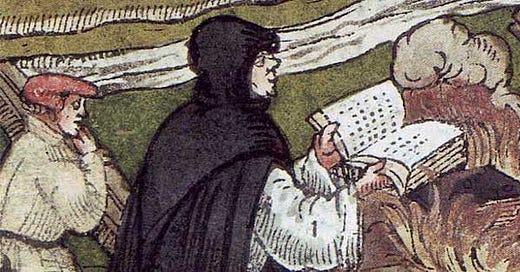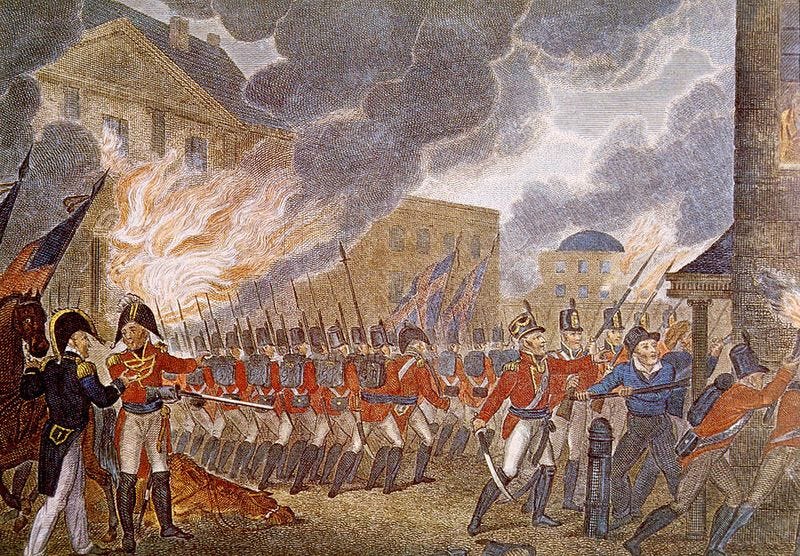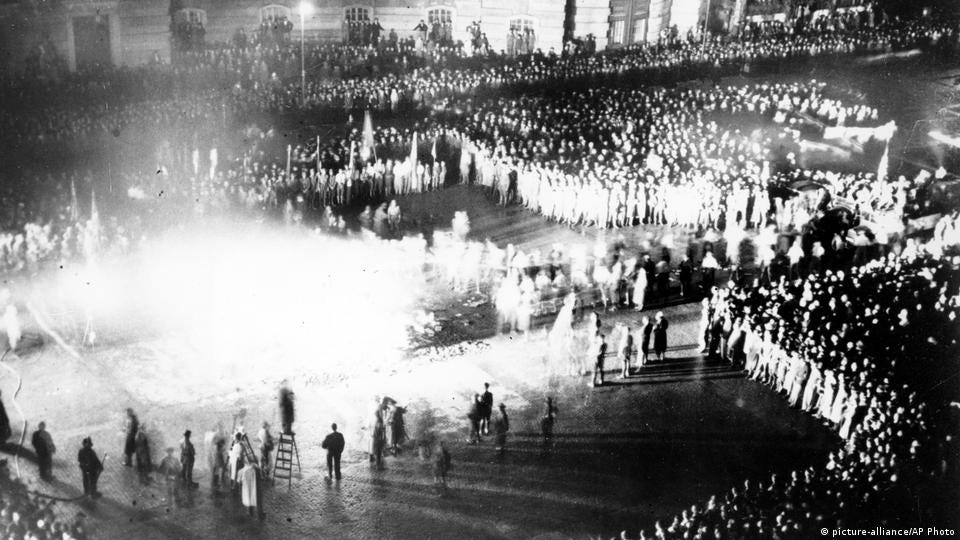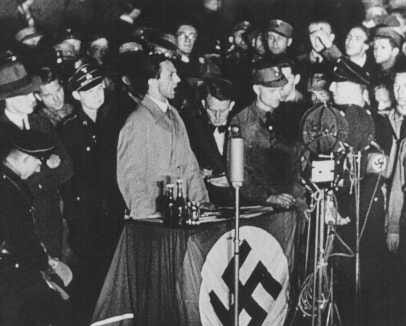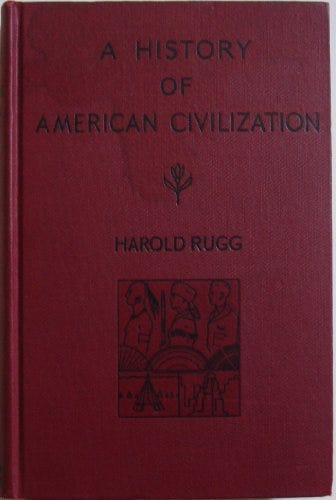The history of book banning and burning interests me at this moment in time. I have learned a few things from long-time book critic, Maureen Corrigan, and got the urge to share some of it with you.
In the 14th century, Oxford University in England built a magnificent library of medieval and ancient manuscripts. During the 16th century Protestant Reformation, King Edward VI, a Protestant, sent emissaries to the library to rid it of what he considered superstitious Catholic books. By 1556, about 96% of the books in the Oxford library had been ransacked, burned, or given away to glove-makers by the Reformers.
A few decades earlier, Edward’s father, Catholic King Henry VIII, had burned books written by the Father of the Reformation, Martin Luther. Luther himself burned Catholic books. And on and on. In this battle of ideas and theology, one scholar has estimated that 70 to 80% of the pre-Reformation books in the British Isles were burned by either Protestants or Catholics.
In the United States, during the War of 1812 with Britain, a massive book burning took place over political discord rather than religious. On August 24, 1814, the British marched into Washington and burned the Library of Congress which was then in one of the wings of the Capitol building. This was not a large library yet, but the books were symbolic of the new nation’s identity in words and ideas. Every single book was destroyed in the fire.
When most people think about book burning, they usually don’t think about the Reformation or the War of 1812. They think about the book burning in Nazi Germany. On the night of May 10, 1933, massive bonfires were lit in over ninety locations in Germany to burn books by non-German writers such as Jews, gays, and communists. On the most prominent street in Berlin, 40,000 people watched while books burned in a mighty conflagration.
Hitler’s minister of propaganda, Joseph Goebbels, gave a speech that night in Berlin. The speech was publicized around the world. He said, “No, to decadence and moral corruption. Yes, to decency and morality in family and state. The future German man will not just be a man of books, but a man of character. It is to this end that we want to educate you. You do well to commit to the flames the evil spirit of the past.”
Jewish religious and secular books were targeted, as well as books which were deemed liberal or decadent. Many British and American authors’ books were burned. To name just a few – Joseph Conrad, H.G. Wells, Ernest Hemingway, Jack London, and Helen Keller. These fires of that May 1933 night were the beginning of the most concerted eradication of books in human history.
One German librarian helped compile a list of banned authors that Goebbels would use for propaganda to stir up hatred of Jews. This list was also used to purge libraries, book shops, and even private homes of “undesirable books.” It has been estimated that 100 million books were destroyed between 1933 and the end of World War 2.
During the Cold War of the 1940s and 1950s, there were book burnings in the United States, more at the local level. For instance, in 1940 the Binghamton, New York, Board of Education proposed a public burning of textbooks they considered subversive. This included a United States history textbook by Harold Ordway Rugg whose book described the United States as a land of “unequal opportunity,” a country with both strengths and weaknesses. Prior to the Cold War, Rugg’s books had been quite popular with school districts, but after 1940 a wave of seizing and banning of his books swept the country.
That’s enough to digest in one post! The history of book burning, and other forms of book censorship, has a very long history across the globe. I have not even scratched the surface of this eye-opening history. I leave my reader to ponder.

